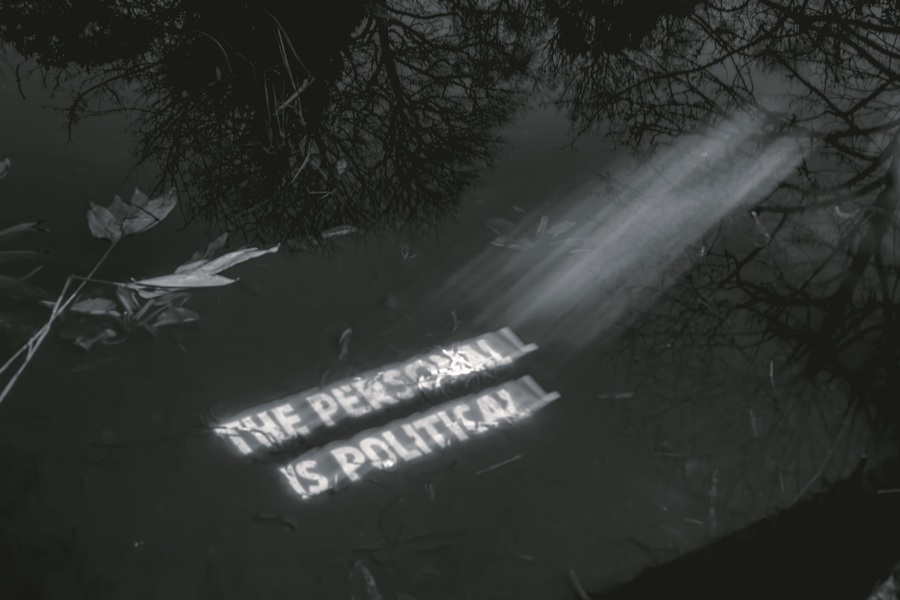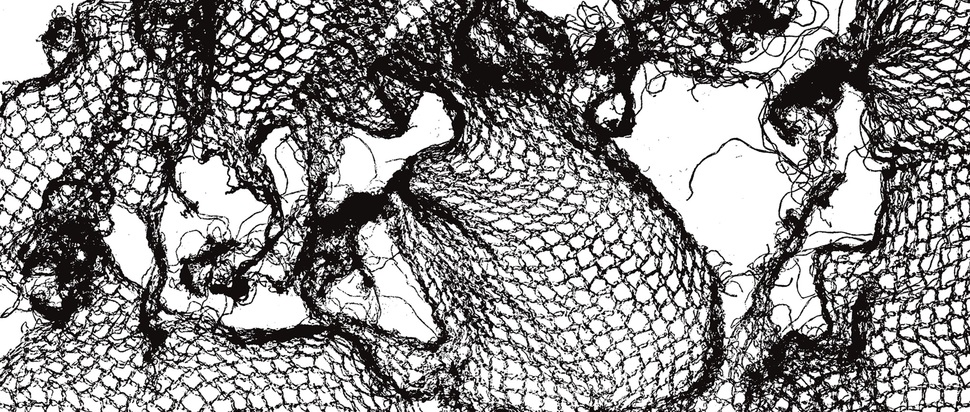GSA Degree Show 2025: MDes Communication Design
The students featured in this year’s MDes Communication Design cohort use mixed media tools to explore personal and political narratives
Yueke Yin’s Have a Seat at the Table explores gender through the body, seen from the angles of relationship, connection, and gaze. Drawing from personal and observed experiences growing up in China, Yueke reflects on how patriarchy shapes women’s lives – from childhood expectations to workplace discrimination and domestic imbalance.
Her project is a response to the everyday stories often dismissed as 'normal', reclaiming them as sites of resistance. The title borrows a phrase now echoed among young Chinese women seeking presence and dignity. Through this work, Yueke invites viewers to witness not only the struggle for a seat at the table – but the demand to eat well, and to be full.
Yixuan Du’s Ideal Museum is a speculative curatorial project that reimagines how cultural artefacts are displayed and interpreted. The work began with a mislabelled bronze tapir in Glasgow’s Burrell Collection – a moment that led Du to question how misinterpretation occurs when objects are displaced from their original cultural contexts.
In response, she critiques the linear, object-led logic of traditional museums and proposes a more participatory, imaginative approach. The fictional museum unfolds across six themed rooms: reconstructing historical setting, comparing visual forms, tracing patterns and motifs, grouping by era and material, linking to texts, and restoring everyday or ritual use. Each room offers a different way to re-engage with the object and its cultural echoes.
The project culminates in six thematic posters and two printed publications, weaving together research, visual design, and narrative. Rather than centring collection or ownership, Du’s museum becomes a space for resonance – where artefacts are not just preserved, but reanimated through context and imagination.
Natasha Boys’ I Beg Their Pardon! reframes the Scottish witch trials through a contemporary feminist lens, drawing parallels between historic persecution and modern systems of control. The project centres on the lack of legal pardons for those accused of witchcraft, using their stories to explore ongoing pressures for women to conform.

Natasha Boys, MDes Communication Design
At its core is The Drowning Pond Projections – a photographic series created at Mugdock’s historical drowning pond where legend has it that suspected witches were put on trial. In Boys’ work, quotes and reflections are projected onto the landscape. These images explore how framing, space, and site shape meaning, and how violence echoes through cultural memory.
Referencing the UK Supreme Court’s recent ruling on the legal definitions of ‘woman’ and ‘sex’ within the Equality Act, the project critiques today’s regulation of gender expression. Boys reveals how mechanisms of fear, once embodied by water, persist in new forms – reshaped, but not erased.
Upasana Chadha’s project brings attention to an often overlooked environmental catastrophe – the widespread harm caused by industrial fishing and abandoned equipment known as ghost nets. These lost or discarded fishing nets silently drift through the oceans, ensnaring marine life and leading to slow, painful deaths. An estimated 300,000 whales and dolphins die each year due to entanglement according to the World Wildlife Fund.
In response, Chadha created a 100-page publication that translates a stark research finding into visual form: for every whale or dolphin lost, four fragments of fishing gear remain. Central to the design is a mono-printed texture of a fruit net – an everyday object reimagined as the ghost nets that haunt our seas. This texture threads through the publication and a series of experiments in dry-point etching and mono-printing.
While the project mourns the impact of human activity, it also celebrates the whale as a majestic being. Through this dual lens, Chadha invites an empathetic witnessing of ecological loss and a deeper reflection on how we might live in harmony with the oceans that sustain us.
Across these projects, personal experience becomes a lens for wider critique – whether exploring gender, cultural memory, or ecological harm. Through the lens of communication design, the students reframe what has been overlooked, misread, or silenced. Their works share a common urgency: a desire to reimagine, to resist, and to reshape. Through image, text and form, they ask not only what stories we tell, but how we tell them – and who gets to speak. In doing so, they offer not just reflections, but futures.
MDes Communication Design Degree Show, Reid Building, 30 May - 8 June
